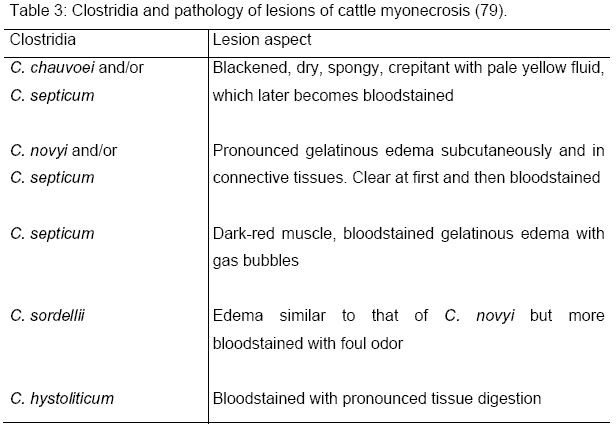Domain Bacteria Higher classification Firmicutes Rank Class | Scientific name Clostridia Phylum Firmicutes | |
 | ||
Lower classifications Eubacterium, Ruminococcus, Lachnospiraceae, Clostridiaceae, Desulfotomaculum | ||
Autism recovery clostridia difficile and clostridia bacteria toxicity in autism
The Clostridia are a highly polyphyletic class of Firmicutes, including Clostridium and other similar genera. They are distinguished from the Bacilli by lacking aerobic respiration. They are obligate anaerobes and oxygen is toxic to them. Species of the genus Clostridium are often but not always Gram-positive (see Halanaerobium hydrogenoformans) and have the ability to form spores. Studies show they are not a monophyletic group, and their relationships are not entirely certain. Currently, most are placed in a single order called Clostridiales, but this is not a natural group and is likely to be redefined in the future.
Contents
- Autism recovery clostridia difficile and clostridia bacteria toxicity in autism
- Rheumatoid arthritis clostridia bacteria and autoimmune disorders
- Epidemiology
- Phylogeny
- References
Most species of the genus Clostridium are saprophytic organisms found in many places in the environment, most notably the soil. However, the genus does contain some human pathogens (outlined below). The toxins produced by certain members of the Clostridium genus are among the most dangerous known. Examples are tetanus toxin (known as tetanospasmin) produced by C. tetani and botulinum toxin produced by C. botulinum. Some species have been isolated from women with bacterial vaginosis.
Notable species of this class include:
Heliobacteria and Christensenella are also members of the class Clostridia.
Some of the enzymes produced by this group are used in bioremediation.
Rheumatoid arthritis clostridia bacteria and autoimmune disorders
Epidemiology
Since they are commonly found in soils and in microbial flora of humans and animals, Clostridia wounds and infections are found worldwide. Host defenses against the microbe are nearly absent, and very little innate immunity exists, if any. Clostridia can be diagnosed by recognizing the characteristics of the lesion of the infection along with Gram stains of the tissue and bacterial culture. Although the body does not have adequate defenses alone, this microbe can be controlled with the help of antibiotics, like penicillin, and tissue debridement for the more severe cases.
Phylogeny
The currently accepted taxonomy is based on the List of Prokaryotic names with Standing in Nomenclature (LPSN) and National Center for Biotechnology Information (NCBI) and the phylogeny is based on 16S rRNA-based LTP release 106 by The All-Species Living Tree Project.
Unassigned Clostridia s.s.
Note:
♠ Strains found at the National Center for Biotechnology Information (NCBI) but not listed in the List of Prokaryotic names with Standing in Nomenclature (LSPN)
